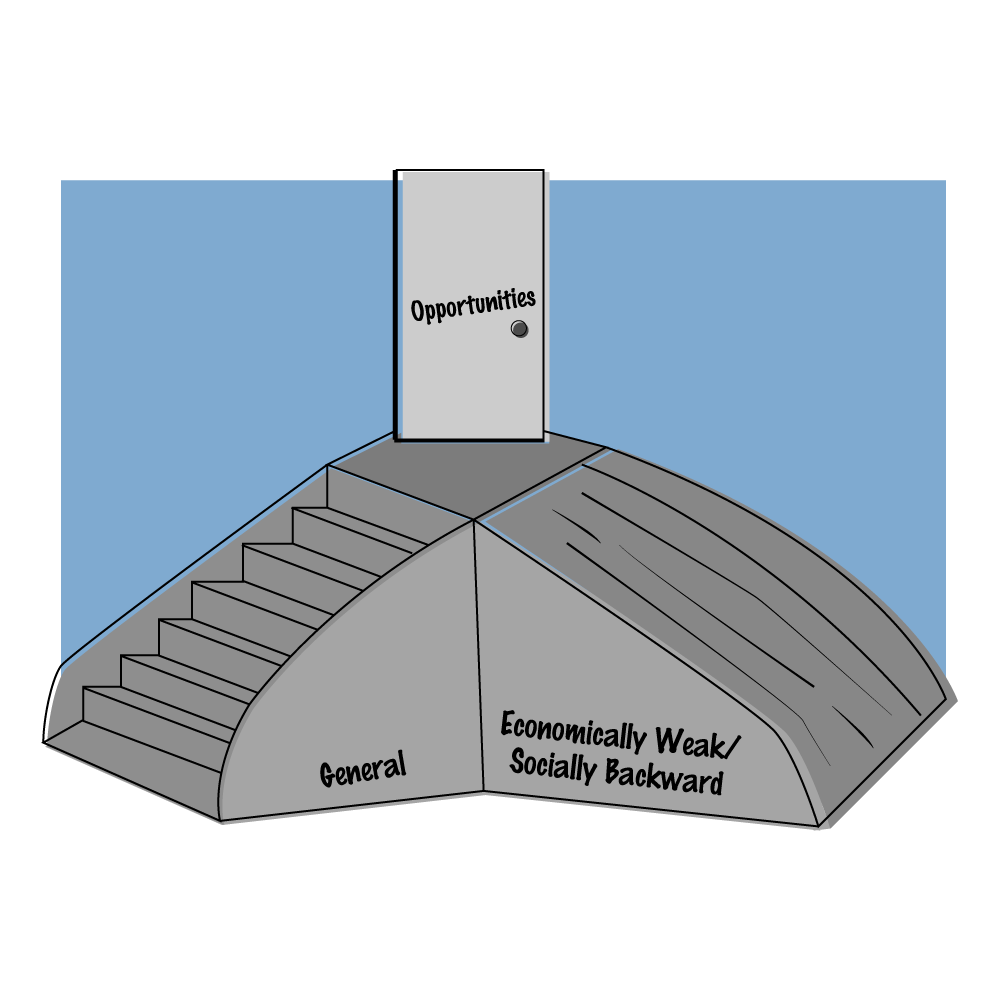Socially Backward Vs Economically Weak

A 2019 amendment to the Constitution allowing 10% reservation for the economically weaker sections of the society (‘EWS’) has opened a pandoras box on India’s social, political, and legal stand on equality.
An insight into the controversial issue of reservation in India culminating in the judgment passed in the Janhit Abhiyan Vs Union of India & Ors which came to be known as the ‘EWS’ case.
Basics
Simply put, reservation is the act of reserving a percentage of seats in educational institutions, central government / public sector undertaking jobs and even to Parliament / Legislature for the socially, educational and economically backward sections of the society irrespective of their merit.
The concept of reservation is ingrained in Article 14 (Right to Equality) in the Constitution of India along with Article 15 (Prohibition of discrimination on grounds of religion, race, caste, sex or place of birth) and Article 16 (Equality in matters of public employment) which has been amended to address the issue of class, caste, social, educational and economic progress. This is known as affirmative action by the government.
History
1. The First Backwards Class Commission (D.B Kalelkar Commission or Kalelkar Commission) was established in 1953 which submitted its report in 1955. The commission identified various backward caste (BC) and most backward caste (MBC) based on their social and educational standing. The Commission suggested 70% reservation in all technical and professional institutions for qualified students from backward classes. It further prescribed special economic measures for the upliftment of the most backward classes through a series of measures for enhancing livelihood. However, this report was rejected and not implemented.
2. The Second Backwards Class Commission (B.P Mandal Commission or Mandal Commission) was established in 1979 which submitted its report in 1980. The Commission identified that more than 50% of India’s population consisted of ‘other backward classes’. The Commission recommended and that 27% of central government jobs / public sector jobs be reserved for SC, ST and OBC. This took the total to 49% of the total central government/ public sector undertaking jobs. If implemented, then more than 75% of the total central government jobs would have been reserved for identified backward and other backward classes. The reservation included promotions as well. There were widespread agitations against the reservation policy by people especially students who were not SC, ST, BC and OBC giving the reservation issue a political flavour.
Eminent lawyer Indra Sawhney filed a case against the reservation issue. The issue was both social as well as Constitutional in the case Indra Swahney Vs Union of India. After thorough analysis, a 9 judge Bench of the Supreme Court in a 6:3 verdict capped reservations to a maximum of 50% of the Central government / public sector undertaking jobs. The Hon’ble Apex Court ruled that the maximum of 50% shall not include promotions. Further, the ‘creamy layer’ of the identified SC, ST, BC, OBC shall not be included for the purpose of the 50% reservation. In this landmark judgment, the creamy layer was those in higher government services (such as civil services, police force etc.) and hence considered as socially and economically advanced. Such persons would be excluded for the purpose of reservation.
3. Thereafter the Constitution was amended a few times to include reservation for women and the members from anglo Indian community elected to the Parliament.
4. In January 2019, the President of India approved the 103rd amendment to the Constitution. This amendment provided for reservation of 10% for the economically weaker sections of the society. This 10% reservation was:
- meant for unreserved categories – those who did not fall under the SC, ST, BC, OBC, MBC categories.
- in addition to the already existing 50% of reservation proposed by the government in accordance with provisions enshrined in the Constitution.
- for admission to government jobs and educational institutions including private unaided institutions but excluding minority institutions.
The 10% reservation is based on the economic situation of a person. It is based on the family income. A person whose annual family income does not exceed INR 8 lakhs would be considered as economically weak.
The following will not be considered in the economically weaker category:
Families owning:
- over 5 acres of agricultural land
- a house over 1,000 square feet
- a plot over 100 yards in a notified municipal area or 200 yards in non-notified municipal area
The Latest
The 103rd amendment to the Constitution was challenged in the court on the ground that it violated the judgment in the Indra Sawhney case wherein the SC held that the reservation cannot exceed an upper limit of 50% for reservation. A 5 Judge SC Bench including the Chief Justice of India dealt with the issue.
In the first week of November, a majority of the 5 Judge bench of the Supreme Court in a 3:2 verdict upheld the 10% reservation to economically weaker sections (EWS) granted by the 103rd amendment to the Constitution of India. (This reservation is in addition to the existing reservation put in place by the government).
Majority of the Bench was of the view that:
- The 50% ceiling limit imposed for reservation was not inflexible or inviolable.
- Considering EWS as criterion for reservation would be reasonable. Excluding socially and educationally backward classes from the EWS would not violate provisions of the Constitution of India.
- Only a progressive legislature can amend the provisions of the Constitution to maintain balance between fundamental rights of citizens and social justice.
Though all Judges of the Bench agreed on economic criterion as sole basis for reservation, the dissenting judges (including then Chief Justice of India) were of the view that excluding the SC, ST, BC, OBC, MBC from the EWS categories was exclusionary and blatantly discriminatory in nature. It violated the judgment passed in the 1992 Indra Sawhney case.
Social backwardness vs economic weakness: unending debate
Social backwardness is a blanket term used for people belonging to certain castes which are considered ‘inferior’ to other castes. This gives rise to discrimination / discriminatory practices such as untouchability, non-access to basic facilities including education, employment, and livelihood. Caste based differentiation often stems from religious fundamentalism. Often groups or communities distinguished based on their caste are marginalised or side lined. As a result, their group / community remains underdeveloped.
Economically weak are those whose financial resources or access to financial resources through livelihood is limited. One must keep in mind that economically weak cut across all castes, communities or religions.
In general, social backwardness and economic weakness are not the same. While the socially backward may be economically weak, the reverse is not always true.
Merit: Ideal criterion for reservation?
The reservation system in India is based on caste since time immemorial. The objective being to bring social equality and justice to all sections of the society. Equality is enshrined in the Indian Constitution. However, the downside of the reservation system based on caste or economics, encourages mediocrity. When merit is the criterion, then reservation system itself could be done away with. This is possible not only with amendment in the Constitution, but in the social thinking, and ethos.

